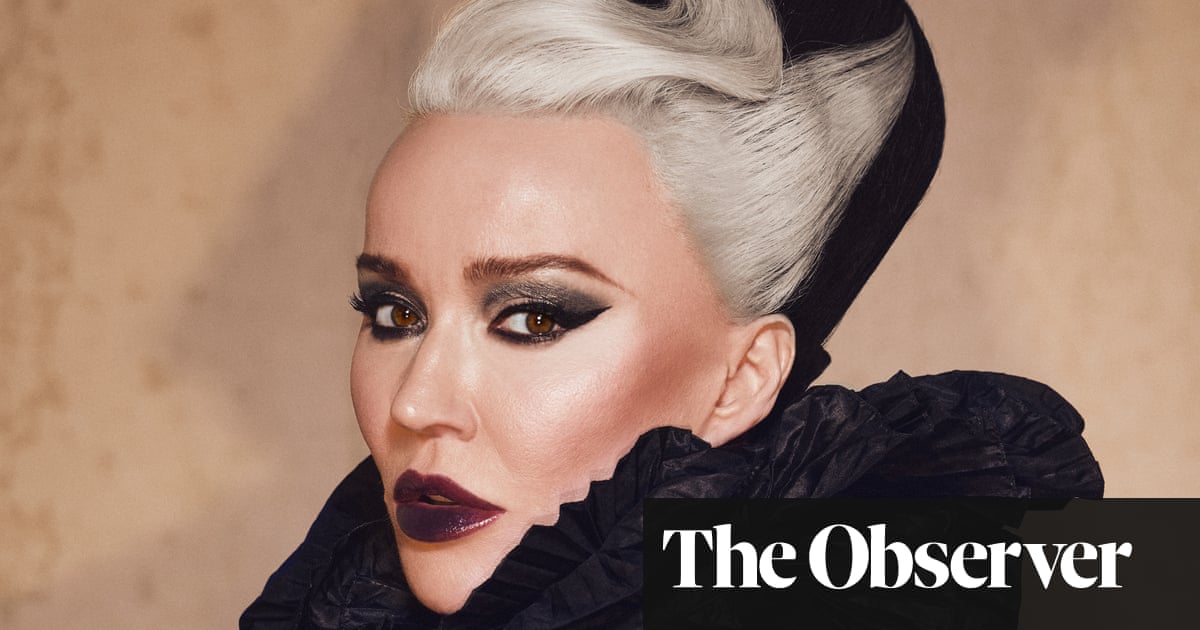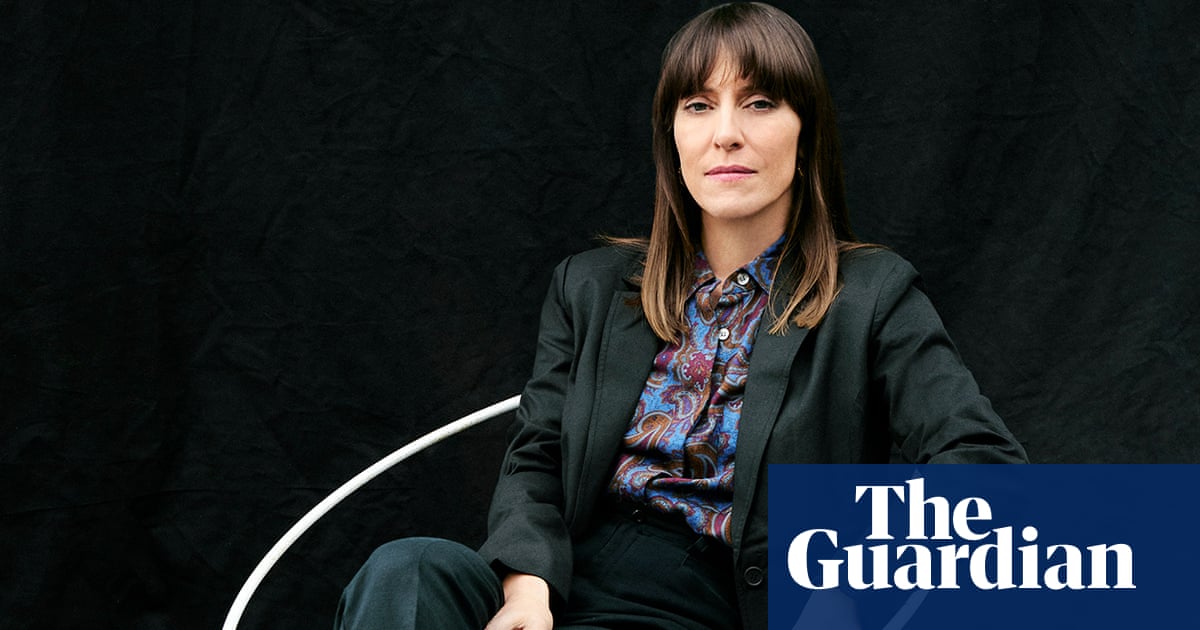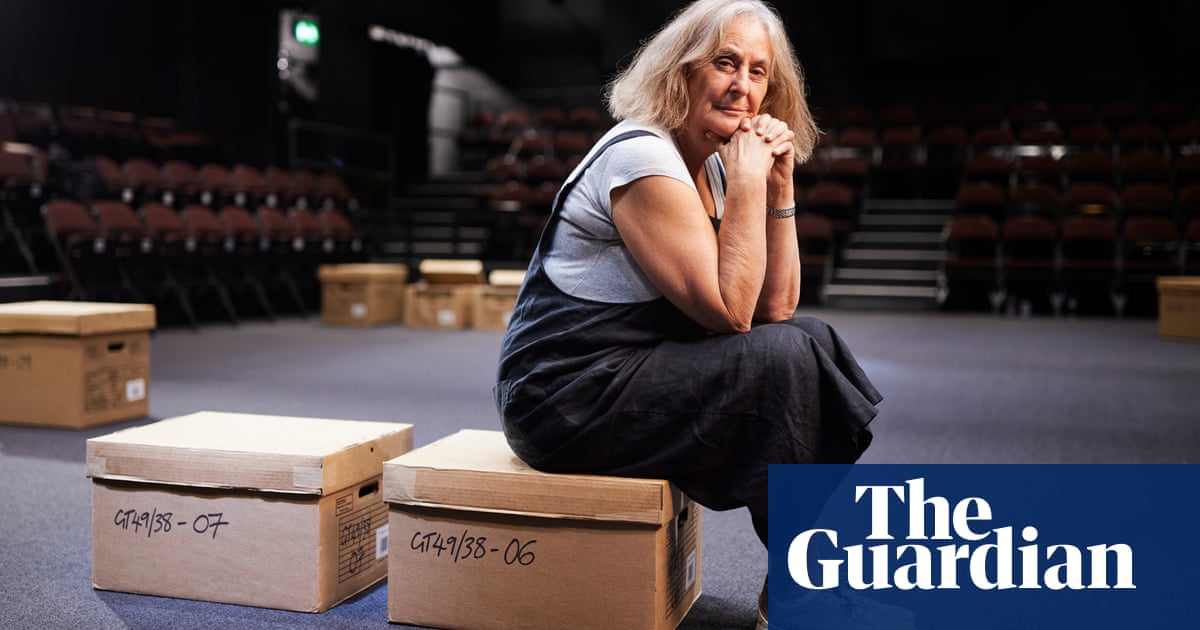
Can you make someone into an entrepreneur? You can have a damn good go. Kristina Blahnik"s father worked in ethical banking, back in the 1980s; her mother, Evangelina Blahnik, lived and breathed shop business; and her uncle is a shoe designer of whom you may have heard.
The infant Kristina grew up in a jewellery box of a boutique, on a side street off the King"s Road in London"s Chelsea, playing around with so many delectable pairs of shoes that Carrie Bradshaw might turn malevolent with envy. Kristina was destined to join the family firm.
The day we meet for a drink at The Connaught hotel in Mayfair, our willowy protagonist is wearing a fitted shin-length burgundy Emilia Wickstead dress, jewelled burgundy Manolo kitten heels and an alligator (mock, she is quick to point out) Apple Watch strap with matching nails.
She looks exactly how you"d expect a child brought up by the austerely chic Evangelina - and the latter"s brother, the more flamboyantly stylish (think 1930s plantation owner) Manolo - to look.
With a sweep of short dark hair and twinkling eyes, at 45 Kristina exudes the 1950s poise of someone who has always been impeccable, although, like the Marvelous Mrs Maisel - with whom she shares a slightly out-of-time sartorial polish - she has dimples, which soften what could be glacial perfection.
While she paints a cosy picture of home life - she lived with her mother and uncle between an apartment in London and a wisteria-clad Georgian terrace in Bath - she concedes that "my nails were always looked at, and so were his. My uncle would say, "Go cut your nails," or, "Paint your nails.""
For a while she resisted fashion, studying architecture, first at Cambridge, where she met her future husband, Nicholas Leith-Smith, and then at the Architectural Association in London. During a two-year gap between Cambridge and the AA, she and two friends worked on a web-program prototype that was, she explains, an early forerunner of Google Maps, with 3D photographic footage.
The moment she qualified as an architect, Kristina set up a practice together with her husband, but 10 years later she realised she was no longer enjoying her work. "I love interiors and I love design but, like most industries, what you study is very different from what you end up doing," she explains. So, 17 years after she first turned to architecture, Kristina walked away.
The practice she and her (now ex) husband started continues to be successful - testament to the Blahnik business approach. The fact that she and Nicholas remain friends "and he still designs our shops" is some kind of testament too. (Later this year, Kristina will marry her current partner, Kevin Bundy, who is chief operating officer at the property developer Our Place.)
Despite their familial harmony, the Blahniks don"t hold a single, unified opinion about how to run the company. While Manolo and Evangelina"s work afforded them a comfortable life, the focus was never on making lots of money for the sake of it, says Kristina.
Having interviewed Manolo numerous times over the years, I believe her. He seems to have a visceral horror of becoming "too big" - heaven save him from greedy shareholders or rapacious backers who might oblige him to compromise on creativity and quality.
His niece has a slightly different perspective. She grew up within the magical enclave of Blahnik taste and moral standards ("there is no one with more integrity than my mother"), but having worked on the outside she also understood the enormous power of the Manolo Blahnik name.
What had begun as a 1970s style goddess"s secret had, by the turn of the century, become arguably the world"s most famous luxury-shoe brand, thanks in part to Carrie"s Manolo obsession in Sex and the City.
While Kristina agreed the company should not get too big, she knew there was potential for growth without eroding its core principles. In the decade since she joined, she has achieved just that. In 2009, there were six people working in the head office. Now, there are over 80, with 40 in New York.
There was just one shop in London and another in New York. Today, there is a teeny outpost in Burlington Arcade off Piccadilly and the shoes are also stocked in Harrods, Selfridges and Liberty; in total, there are 20 stand-alone boutiques and 312 stockists around the world.
One of their fastest growing regions is Japan. Yet the company has managed to hold on to a crucial aura of elusiveness; the market will never be flooded with Manolos.
But before we get to how Kristina has achieved that in the decade since she joined, I want to know more about her childhood, because, as I confess to her, I used to find her mother - with her immaculate steel-grey crop, vermilion lips and masculine wardrobe - slightly terrifying.
Her daughter valiantly denies there was anything other than a cosy halo around her parents. She still calls her father daddy, and says of her mother, "My mummy used to bake cakes religiously every weekend. I used to watch her pick out the cherries because she knew I hated them."
As a tiny child, Kristina would come after school to where her mother worked, both front of house and behind the scenes at the boutique on Church Street, and try on shoes with Jamie, the manager, who encouraged her to perfect her balance in red patent 115mm stilettos, which she wore with green school tights and a flannel skirt. Then she"d go upstairs to do her homework, with a little black and white TV, the family Scottie dog and a tinfoil-wrapped sandwich for company.
Pocket money was 10p. "I"d walk up to the King"s Road and buy a bag of crisps from Europa Foods, or turn left into Green and Stone, the art shop, and buy a Caran d"Ache crayon. I used to spend hours choosing the colours."
At eight, she was packed off to a now defunct boarding school near Dover. At home, she"d sketch for hours on her uncle"s lap with those Caran d"Aches. "I had the strangest upbringing," she says, laughing, "but I loved it."
Ever meticulous, in 1999, at the age of 25, she took it upon herself to photograph every one of the 20,000 right shoes in the archive (the left shoes were in the US). Twenty years on, she has been overseeing digitising the archive.
It took her six years of working in the family firm to understand precisely what her role was, she says. "And that"s to preserve the legacy." At some point, she plans to open an online museum of all her uncle"s shoes, "because that"s more accessible globally than being in a single building".
But maintaining that legacy is much more of a delicate tightrope act than opening a virtual gallery. "Expansion must never come at the cost of milking anything to death," she stresses.
The family has never forced anything into being, whether it"s the style influencers" craze for the Hangisi (the jewel-buckled shoe that Carrie wore when she finally married Mr Big) three years ago, which sparked a huge revival and many copies; or the collaborations with everyone from Liberty to Rihanna.
"Revivals, hashtags, crushes - they happen spontaneously. As for the collaborations, they always approach us."
While Kristina was working her way round every nook of the shoe business, from visiting the factories her uncle worked with in Italy, to being on the shop floor, to drawing her own sketches (more architectural than her uncle"s famous flourishes), she kept a low profile in the media.
Her exemplar in this - as in all things - was her mother. "She"s one of the most modest, private, elegant and dignified people I know. Why would I make a noise, until I had something to talk about?"
One of her achievements has been to help reaffirm her uncle as the master craftsman and creator in footwear, buying up one of the factories he has always used in Italy so that he has a permanent atelier, and bringing the New York business back into the fold so that it"s wholly owned by the family. Just before Christmas, the company announced that it is about to open a new boutique there.
Amazingly, despite its global presence, the brand has no external investors. Ninety per cent belongs to Manolo and 10 per cent to Evangelina. All this at a time when every other ready-to-wear label also does shoes.
"That"s true," Kristina acknowledges, with a chuckle. "When my uncle started this business back in the 1970s, hardly any of them did shoes. But designing beautiful shoes that are also comfortable is not as easy as it looks..."
The biggest challenge, she says, "is protecting the family"s values. I remind myself of them every day. They always do things in an honest, straight-as-an-arrow, way... As soon as you deviate away from doing the right thing, it can go to all sorts of wrong places."
Sign up for the Telegraph Luxury newsletter for your weekly dose of exquisite taste and expert opinion.












